When you think of The Wizard of Oz (1939), what comes to mind? Vibrant colors, enchanting songs, and an unforgettable adventure? While this cinematic masterpiece has left an indelible mark on global pop culture, the behind-the-scenes tales paint a starkly different picture. The production of this iconic film was plagued by controversies, grueling working conditions, and even life-altering tragedies. Let’s dive into the hidden truths behind one of Hollywood’s greatest classics.
A Groundbreaking Film with a Controversial Legacy
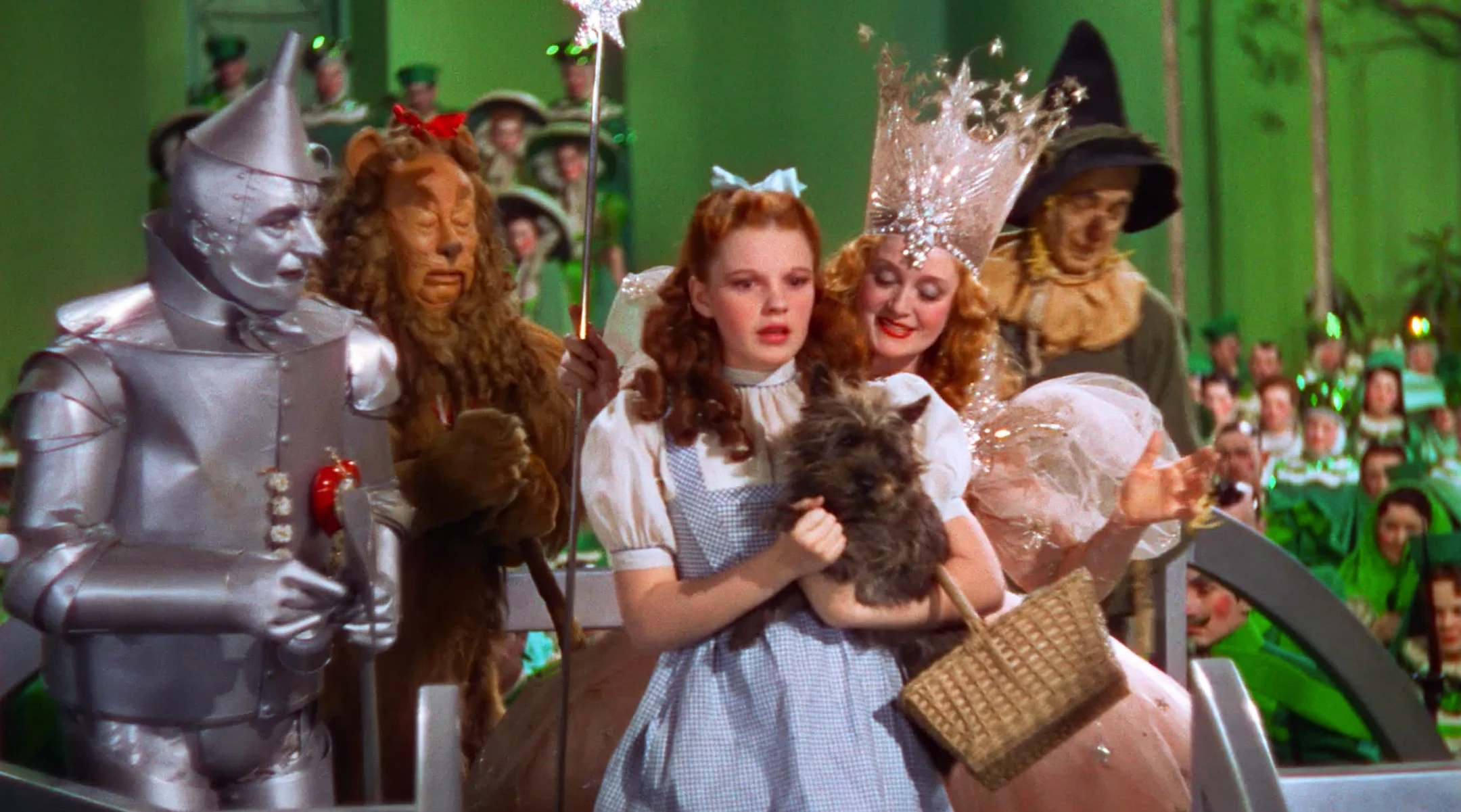
Adapted from L. Frank Baum’s beloved children’s novel, The Wizard of Oz was a cinematic marvel for its time. With an unprecedented budget of $2.8 million, the film pushed the boundaries of storytelling and visual effects. Its Technicolor brilliance and unforgettable music captured audiences’ hearts. However, the darker side of its production reveals a tale of exploitation, danger, and heartbreak.
Judy Garland: Stardom at a Devastating Cost
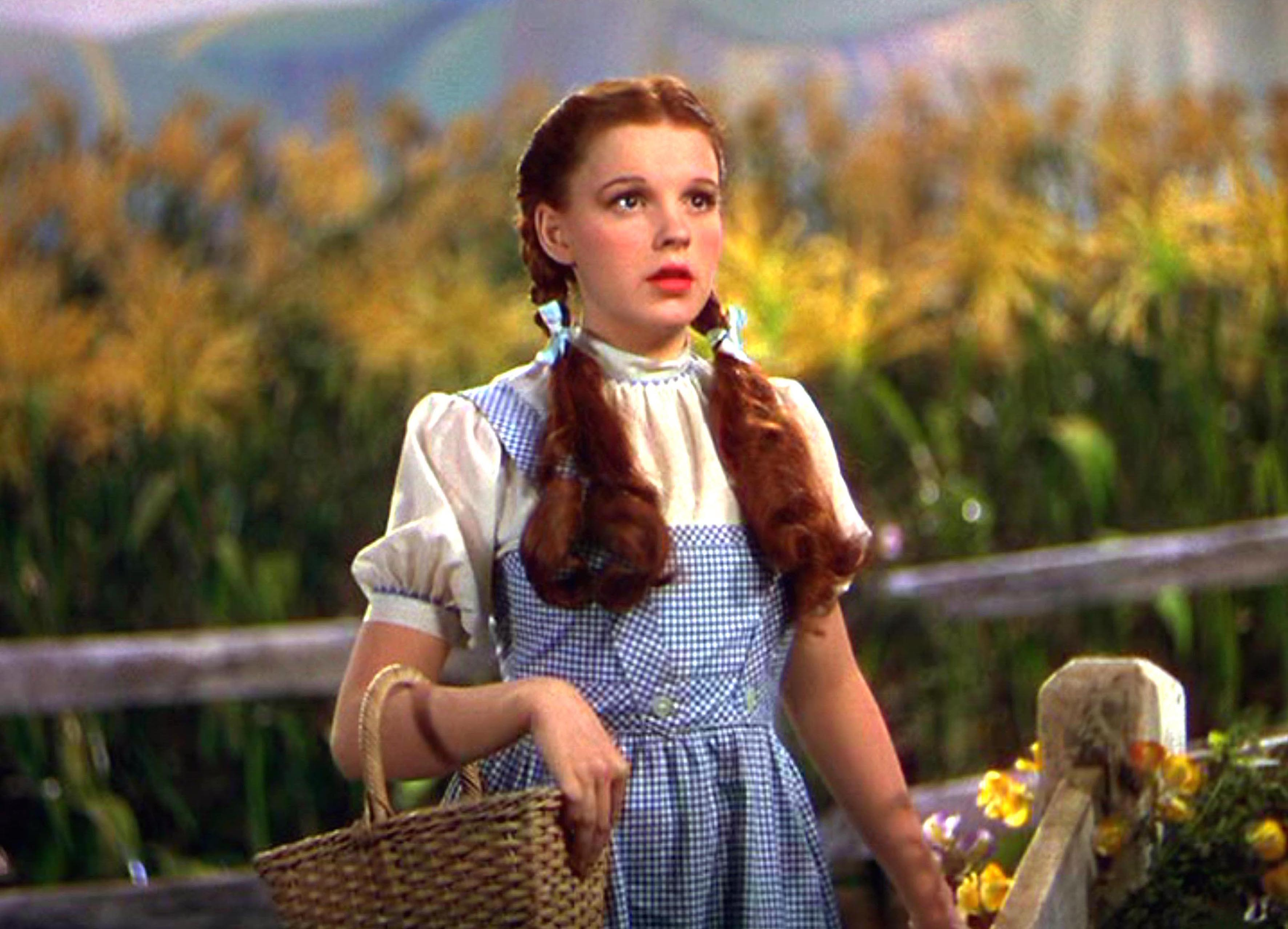
At just 17 years old, Judy Garland was chosen to play Dorothy thanks to her angelic voice and doll-like appearance. While the role catapulted her to stardom and earned her a Juvenile Academy Award, it also came at a significant personal cost.
To maintain the appearance of a 12-year-old girl, Garland was placed on a dangerously restrictive diet consisting of black coffee, chicken soup, and cigarettes. She was forced to wear a tight corset to flatten her chest and accentuate a youthful silhouette. On set, she endured grueling work hours and was given stimulants to keep her awake during long filming days. At night, she was prescribed sedatives to sleep, creating a vicious cycle that led to lifelong substance abuse.
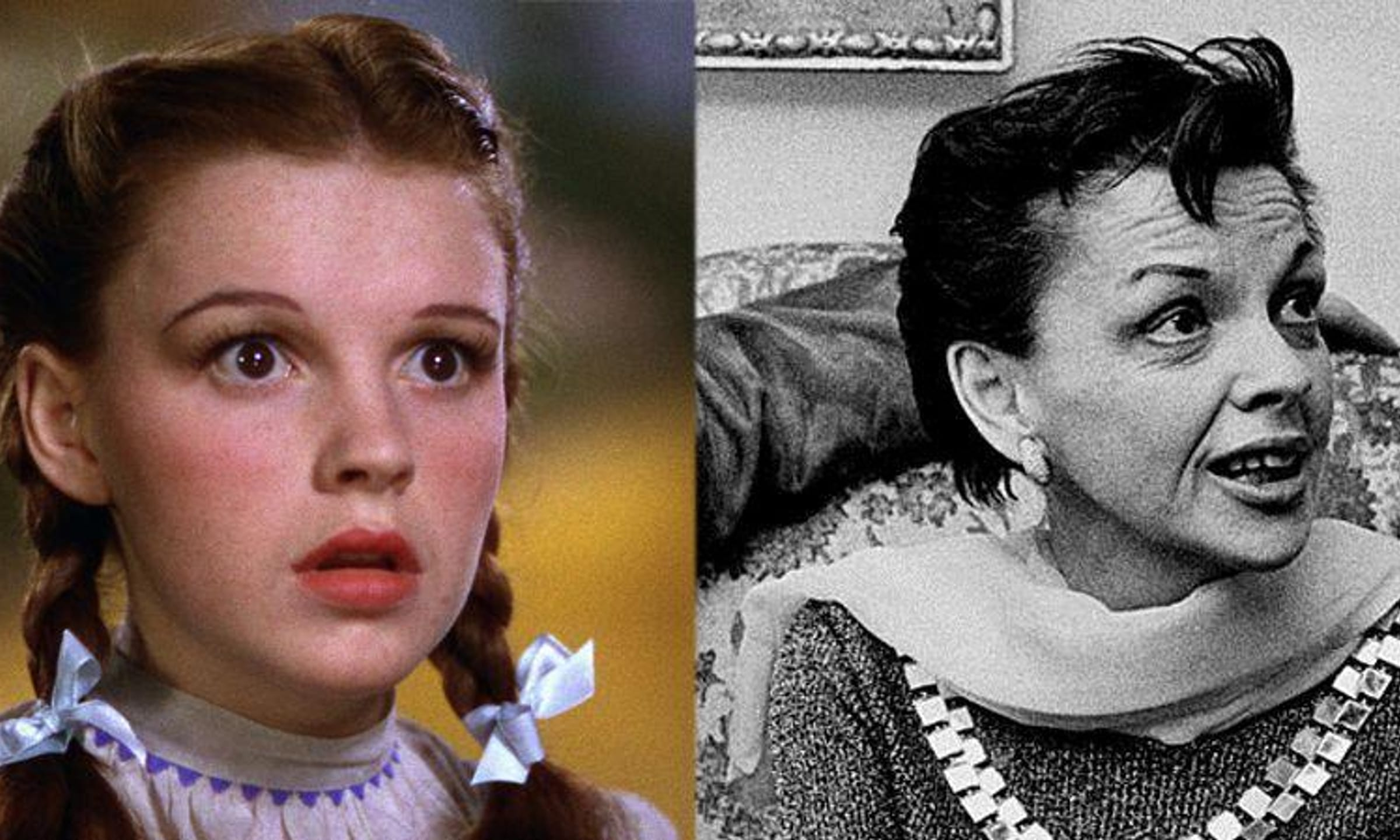
Garland’s struggles extended beyond physical exhaustion. Reports suggest she suffered from mistreatment and exploitation at the hands of studio executives and crew members. Tragically, her personal life unraveled, and she passed away from a drug overdose at the age of 47. Her husband later revealed that Garland’s final years were marked by addiction, self-harm, and mental illness, forever tying her legacy to the darkness of her Hollywood upbringing.
On-Set Accidents and Dangerous Working Conditions
The production of The Wizard of Oz was rife with hazardous conditions, leading to numerous accidents that endangered the cast and crew.
Margaret Hamilton’s Near-Fatal Burns
Margaret Hamilton, who portrayed the Wicked Witch of the West, endured a horrific accident during the filming of her character’s fiery exit from Munchkinland. A pyrotechnic mishap caused the set to erupt in flames, leaving Hamilton with severe burns on her face and hands. To make matters worse, the toxic green makeup she wore reacted with the heat, further damaging her skin and forcing her to take weeks off for recovery.
Hamilton’s misfortune didn’t end there. Her stunt double, Betty Danko, suffered injuries during another fiery scene, cementing the Witch’s role as one of the most dangerous to play.
Buddy Ebsen’s Brush with Death
Buddy Ebsen, originally cast as the Tin Man, experienced a severe allergic reaction to the aluminum dust used in his costume’s makeup. The reaction caused his lungs to collapse, landing him in the hospital and forcing him to abandon the role. Jack Haley replaced him, but the new makeup formula still caused eye infections, highlighting the ongoing negligence on set.
The Deadly “Snow” in the Poppy Field
The snow used in the iconic poppy field scene was made from industrial-grade asbestos, a material now known to cause cancer and respiratory illnesses. At the time, asbestos was commonly used in Hollywood for its fireproofing properties, but the decision to use it in such close proximity to actors remains shocking in hindsight.
Exploitation of the Munchkin Cast
The Munchkinland scenes featured 124 little people, many of whom were subjected to poor treatment and meager pay. While Judy Garland’s dog, Toto, earned $125 per week, the Munchkin actors were paid just $50 weekly—half of which was taken by their manager. Reports also surfaced of harassment and abuse on set, adding another layer of controversy to the film’s production.
Costume Challenges: More Pain Than Glamour
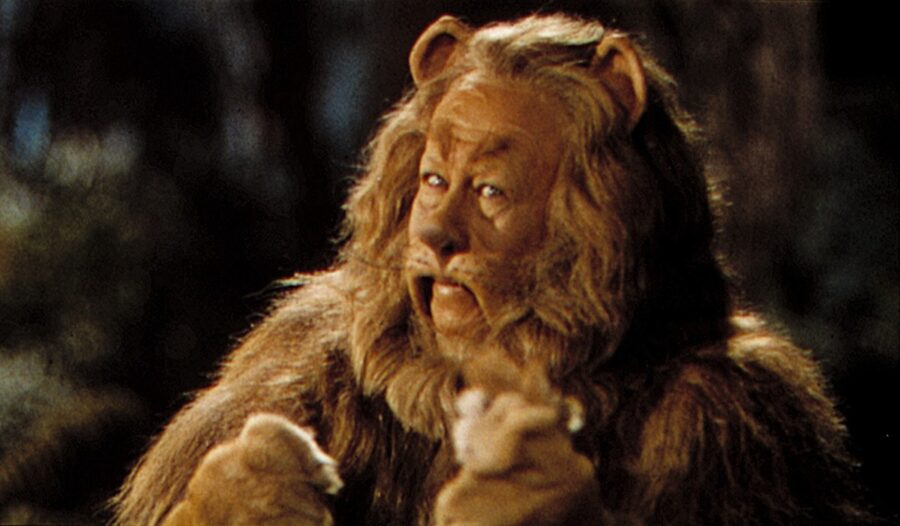
The elaborate costumes that brought the magical world of Oz to life were often a nightmare for the actors. Bert Lahr, who played the Cowardly Lion, wore a costume made from real lion pelts that weighed over 90 pounds. Combined with the sweltering heat of studio lights, the outfit made filming a grueling experience for Lahr, who frequently had to strip down between takes to avoid heat exhaustion.
The Scarecrow’s face prosthetics, worn by Ray Bolger, left permanent marks on his skin, while Hamilton’s green makeup was so toxic she had to avoid eating solid food during production. These challenges highlight the extremes actors faced to achieve the film’s groundbreaking visuals.
The Struggle for Success
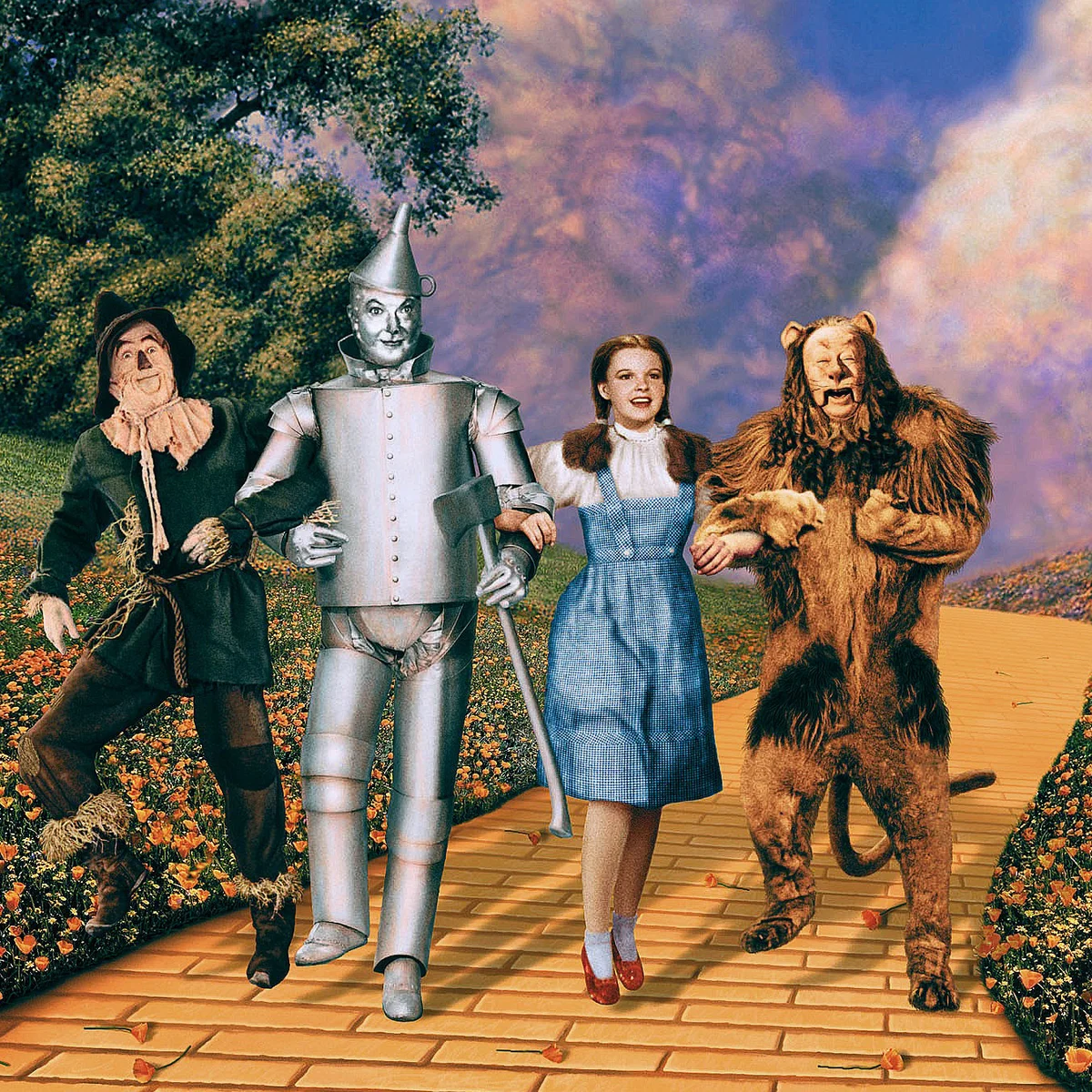
Despite its lavish production and creative innovations, The Wizard of Oz was initially a box office disappointment. The film’s $3 million earnings barely covered its costs, and it wasn’t until its 1956 television broadcast that it gained widespread popularity. The broadcast introduced Dorothy’s journey to a new generation of viewers, cementing its status as a beloved classic.
Enduring Legacy Amid Controversy
While The Wizard of Oz remains one of the greatest films of all time, its behind-the-scenes stories reveal the darker side of Hollywood’s golden age. The movie’s props, including Dorothy’s gingham dress and ruby slippers, have become some of the most valuable memorabilia in cinematic history, fetching millions at auctions. However, these iconic items cannot overshadow the human cost of the film’s creation.
Conclusion
The Wizard of Oz is a dazzling masterpiece that has stood the test of time, but its production was far from the magical world it portrayed. From Judy Garland’s harrowing experience to the life-threatening accidents on set, the film’s legacy is as complicated as it is iconic. While we continue to celebrate its enduring charm and cultural impact, it’s essential to remember the sacrifices made to bring this unforgettable story to life.


